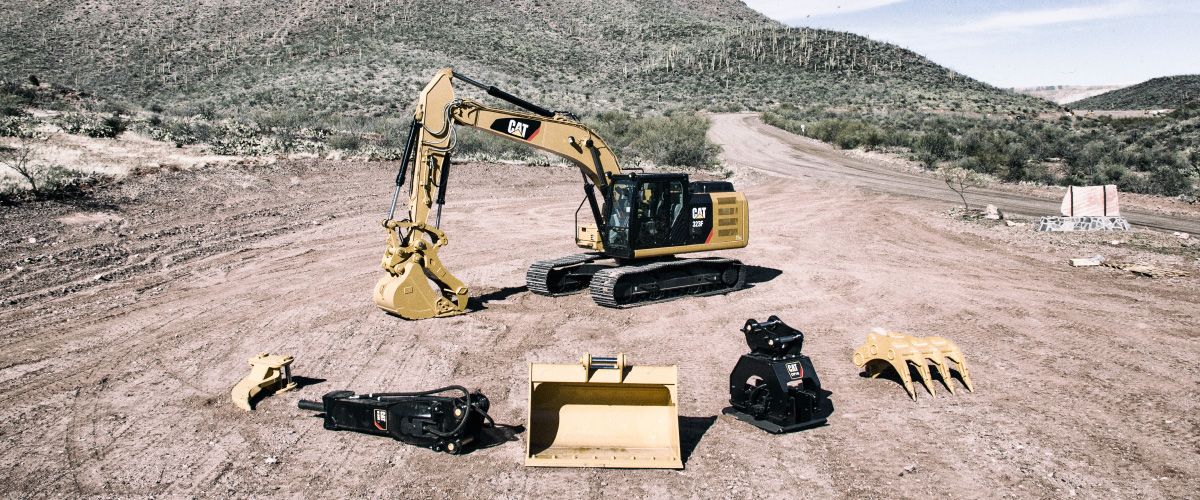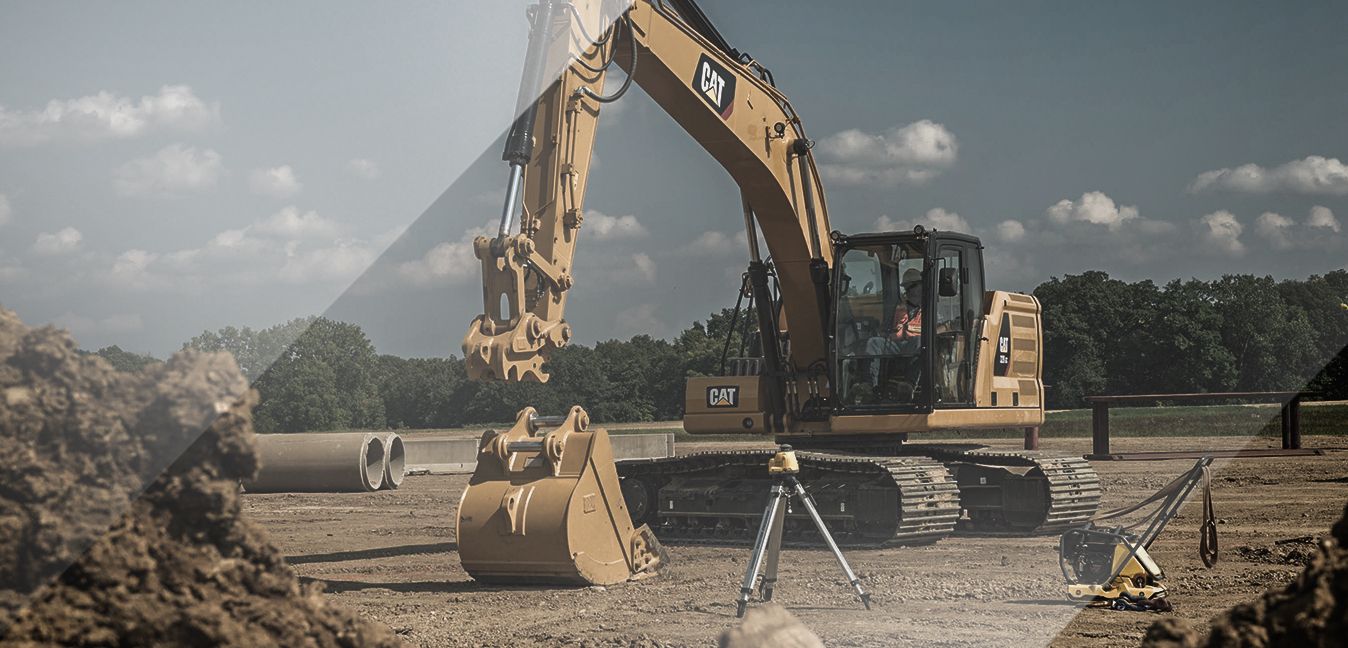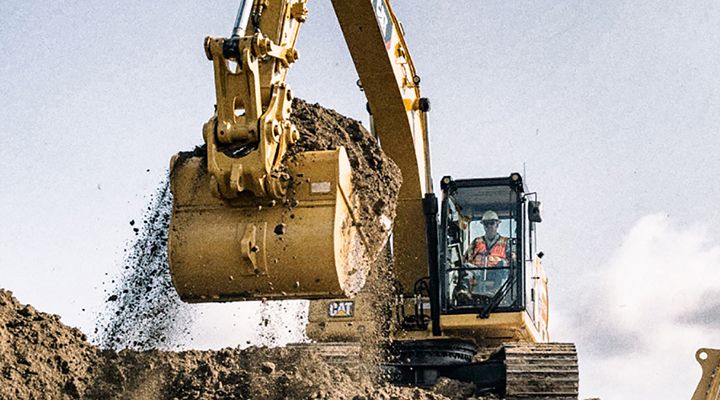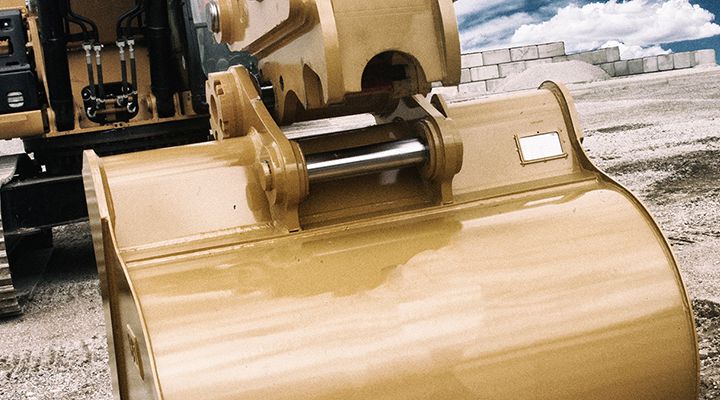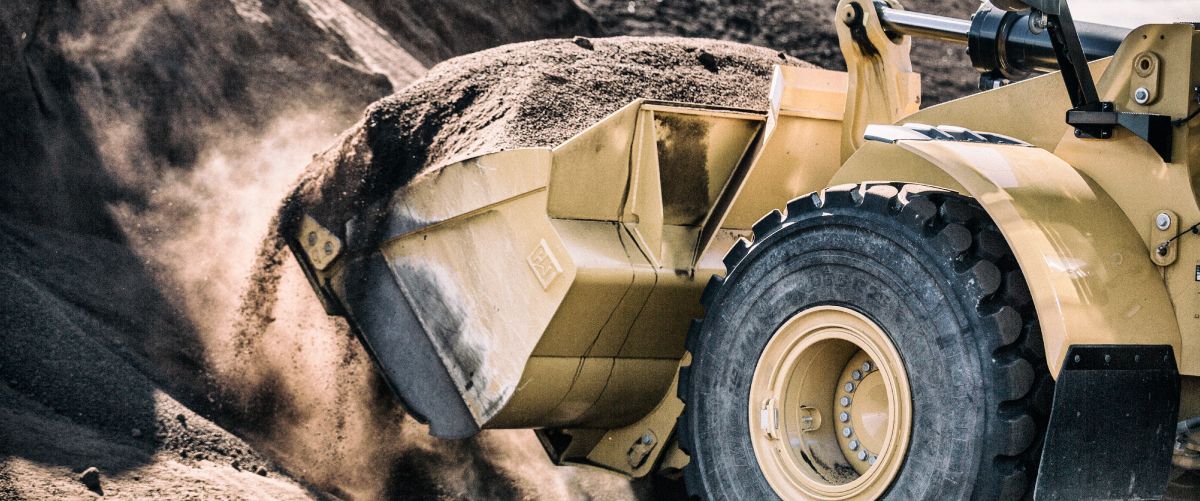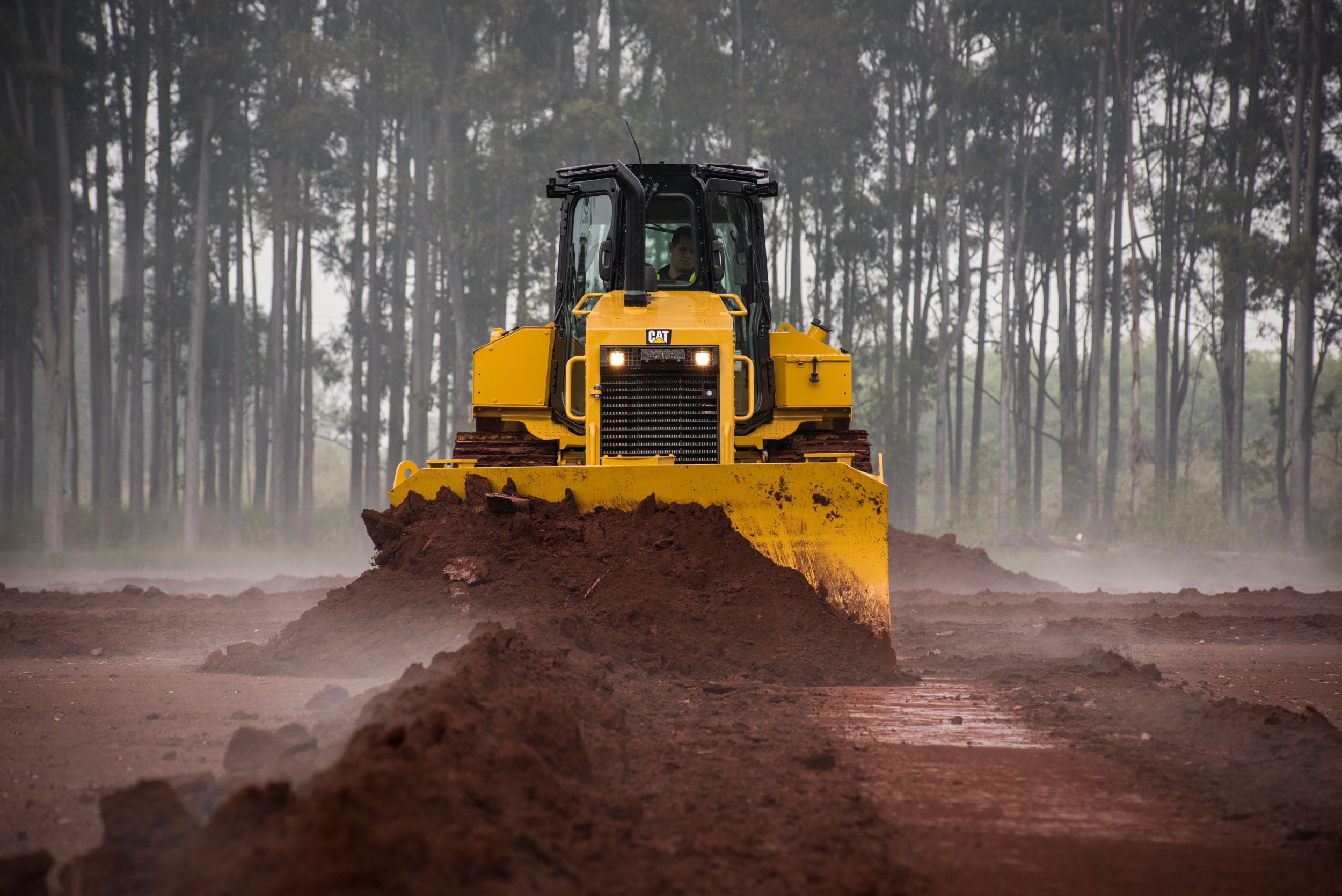If you already have an existing account with another Cat App, you can use the same account to sign in here.
One Account. All of Cat.
Your Caterpillar account is the single account you use to log in to select services and applications we offer. Shop for parts and machines online, manage your fleet, go mobile, and more.
Account Information
Site Settings
Security
Five Tips for Choosing Excavator Attachments
In the current economy, you need to figure out how to take full advantage of the versatility built into your excavator. Attachments and couplers are one way to accomplish multiple tasks with a single machine, resulting in more bid opportunities, increased productivity and reduced operating expenses.
Keep these five tips in mind when selecting attachments.
1. Know before you go.
Help out the attachment experts at your equipment dealer or rental store by coming with the information they need to make solid recommendations. Be prepared to talk about the type of material you’ll be working in (bring a sample if you can) and cycle time requirements. Know the specs—equipment model numbers, configuration, tipping load, lift/weight capacities, counterweight size and any other basic information—for all machines that may work with the attachment. Also make note of each machine’s optional, retrofit or specialized features (e.g., changes to hydraulics, tires, engine, etc.).If your attachment requires hydraulics, know your machine’s hydraulic flow (gpm) and pressure (psi) output capabilities and understand the auxiliary hydraulics. Not all machines have a third or fourth hydraulic function capability, but many attachments require this. Finally, if you have a quick coupler, know the brand and model—and bring the serial number and a photo for reference if available.
2. Check out the flow specifications for the hydraulic circuit.
Hydraulics not only provide power to the ground, but also enable lifting and tilting and run the auxiliary circuit, which drives attachments.The criteria for “high-flow” or “standard-flow” may differ from one manufacturer to another, so know what’s required and how your machine is equipped. Typically, high-flow circuits exceed 26 gallons per minute and 3,300 psi. High-flow machines designated “XPS” (33 gallons per minute at 4,050 psi) are capable of maintaining maximum pressure, regardless of attachment speed or working conditions, at low or high idle. The typical flow for a standard-flow machine is 22 gallons per minute.
Equipment manufacturers may offer a tool in a variety of configurations. Direct drive or planetary drive augers, for example, are available for standard hydraulic flow machines. These configurations help maximize the capabilities of the hydraulic circuit in medium-duty applications. A high-flow planetary-driven auger on a high-flow hydraulic machine is appropriate for extreme-duty applications. The high-flow configuration is designed for maximum torque, and the hydraulic hoses and seals are built to withstand the additional pressure and maintain a leak-free connection.Generally, a machine with high-flow hydraulics can operate attachments designed for standard-flow machines, but the reverse (high-flow tools with a standard-flow machine) is not recommended. A standard-flow machine’s hydraulic system can’t supply the flow needed to operate the tool properly.
Quick couplers that allow you to change buckets or attachments from the cab are an ideal productivity booster. For example, the Cat® Pin Grabber coupler allows you to:
- One excavator can move rapidly from task to task, and a fleet of similarly equipped excavators can share a common work tool inventory.
- Change bucket sizes or switch to other attachments in seconds without ever leaving the cab.
- Pick up buckets in reverse position to clean out and square corners, then turn them back around for digging.
- Confirm the attachment is coupled from the operator’s seat using visual and audible indicators.
One excavator can move rapidly from task to task, and a fleet of similarly equipped excavators can share a common work tool inventory.
5. Not sure what you need? Work with your dealer.
Check in with your Cat dealer or visit here to download a free Cat Attachments for Next Generation Excavators brochure.
RELATED ARTICLES
You’re here to get ideas to grow your business. Read on for machine insights and expert tips and tricks to get more out of every job.
-
Choosing a Bucket? Start with These Three Questions.
General duty or multi-purpose? Clean-up or ditch cleaning? Digging or grading? When it comes to selecting buckets for your excavator or loader, the options can seem endless.
Learn More -
Quick Change Artist - Cat® Pin Grabber Couplers
Designed to enhance the productivity of your Cat® excavators, count on Cat Pin Grabber Couplers for a big working advantage.
Learn More -
6 Mistakes You May be Making When Choosing A Bucket
When to comes to selecting a bucket for your heavy equipment, the wrong decision could increase your costs by 10 to 20%–and cut productivity at the same time.
Learn More -
How to Measure Loose Density in the Field
Material Density determines bucket and machine choices. Construction companies often select the size of machine they believe is required and equip it with a standard bucket, but this approach might short change productivity.
Learn More

